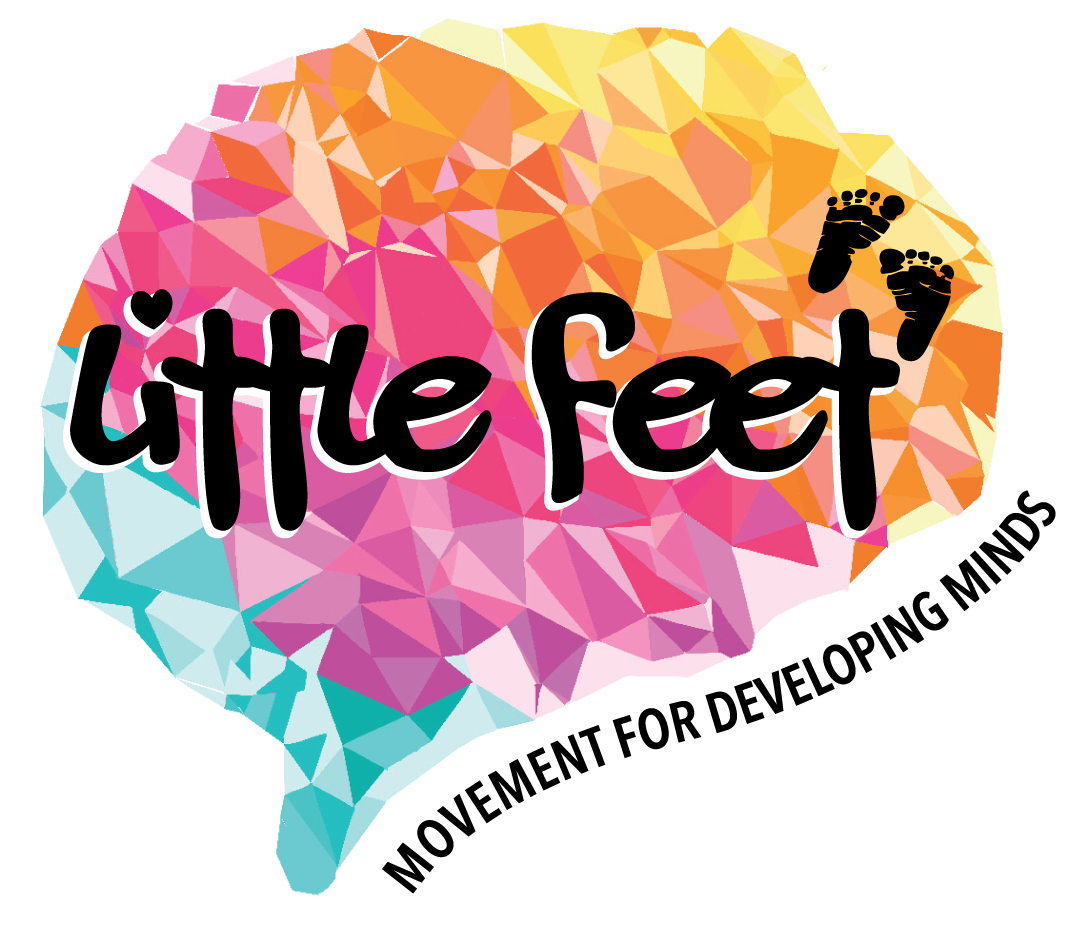Dance Concept: Directions
Our bodies can move up and down, forward and backward, and side to side through space. Mirroring our movement directions, the brain uses the same directions to process incoming and outgoing responses to stimuli. Information goes:
Up and down through the brain stem
Back and front through each hemisphere from the frontal lobe to cerebellum and back
Across between two hemispheres through the corpus callosum
When we move our bodies in these 6 directions, we stimulate our brain to do the same, which supports the development of an integrated brain. What does an integrated brain mean? It means that our babies and children can easily process incoming and outgoing responses with ease and eventually automatically. In order for integration to occur, the body and brain need to do, see, hear, and feel the world around them.
Imagine accidentally touching a hot kettle…your finger feels the hot kettle, sends that incoming stimuli to the brain, the brain then has to decide what feeling that is, whether you like that feeling or not, decide how to respond to that feeling, and then tell your hand to move away from the kettle. All of this needs to happen quickly and automatically or else you’ll burn!
With there being so many parts to a brain, and the need for all the different parts to communicate with each other in order for us to function successfully, you’ll see why integration is the name of the game in early brain development. And that’s why activities that have a global impact like dance, music and sensory motor play are key to establishing a sound sensory system that can handle processing all sorts of incoming information.



